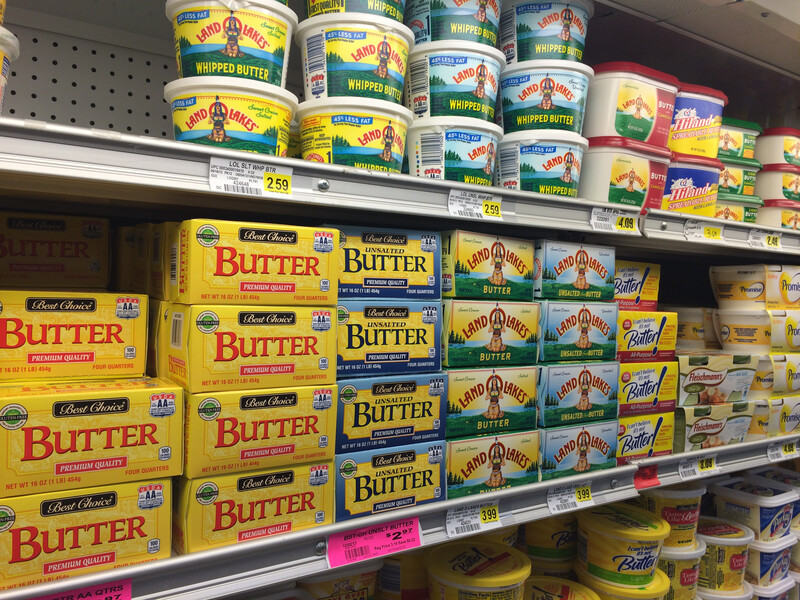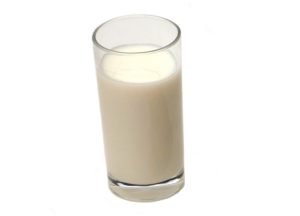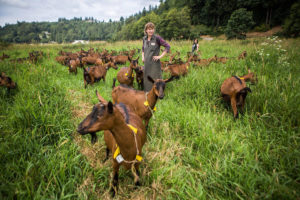NFDM (NFDM) prices averaged 99.22 cents per pound in February versus 72.17 cents a year earlier. Butter prices in February averaged $2.2659 per pound, 14 cents higher than February 2017. Consequently, Class IV milk prices averaged $15.86 per cwt. for February, the highest since September 2017, and was higher than any Class III (milk for cheese) price since last September. The stage is set for the USDA-NASS to estimate of milk prices at the farm above $17 per cwt in February, and the high $17’s in March.
The key economic underpinning for the current price situation has been a recovery in global milk powder prices and strong consumer demand for butter in the U.S. market. Milk powder prices in Western Europe were in the mid-90 cent per pound range at the start of the year after averaging 84 cents in the last quarter of 2018. The mid-90 cent value compares with 75 cents in the first quarter of 2018. Rising world milk powder values supported an 18% jump in U.S. exports of milk powder in 2018. Inventories of NFDM in the U.S. at the end of January were down 10% from a year earlier, firming up the pricing power of NFDM suppliers to start 2019.
U.S. butter usage during 2018 was up 2% from the previous year, but finished the year strongly, gaining 6% from the last quarter of 2017 based on calculations by USDA’s Economic Research Service. Butter production in January was up 4% from a year earlier, but usage was good enough to keep domestic inventories from building as much as they usually do during January. Compared to a year ago, butter inventories at the end of February were down 9%, which should provide support for a normal seasonal increase in butter prices for the coming quarter. Butter prices in the spring quarter of 2017 and 2018 increased by about 15 cents per pound, so butter prices this spring in the $2.40-$2.50 range should be expected, which compares to a $2.34 average last spring.
Estimated U.S. milk production in February was only up 0.2% from a year earlier because the milk cow herd declined 80,000 head from 2018’s. Prospects for higher milk production will be limited in coming months, and limit gains in butter production, thereby supporting higher butter prices.











